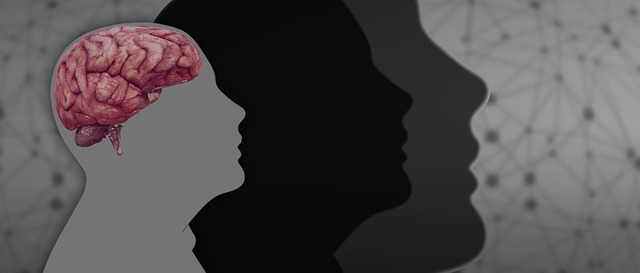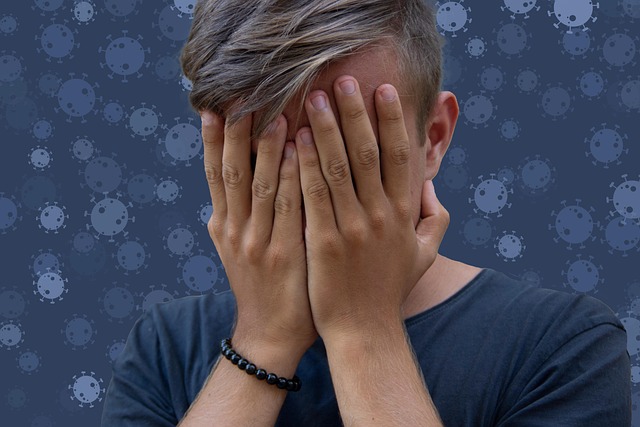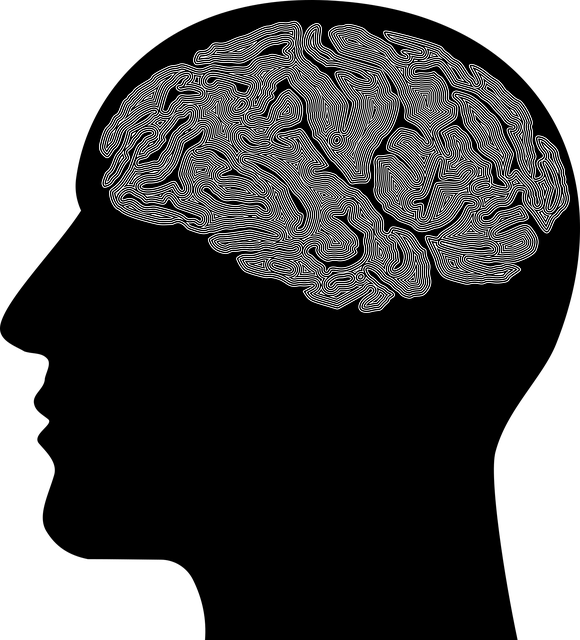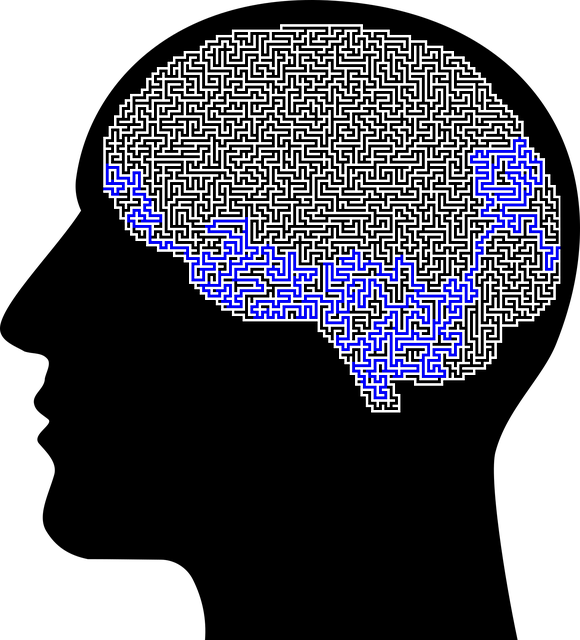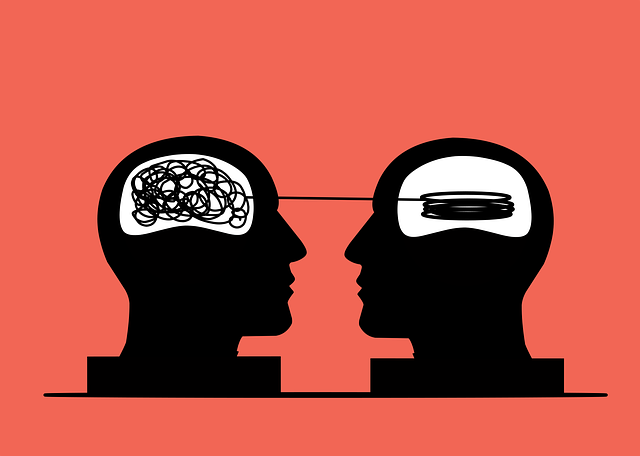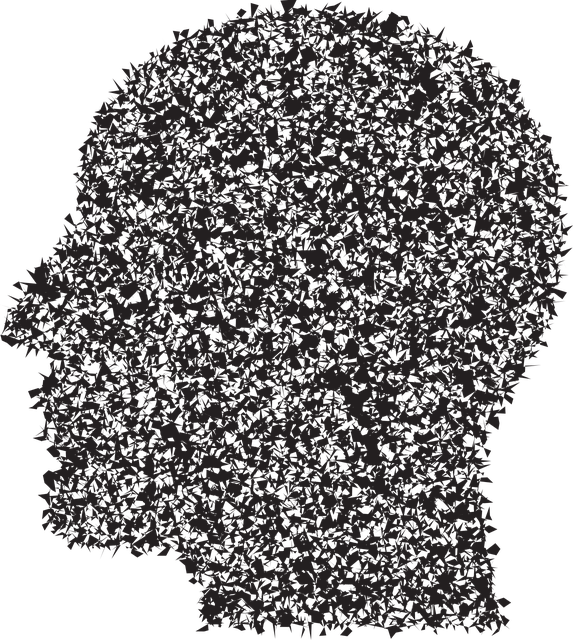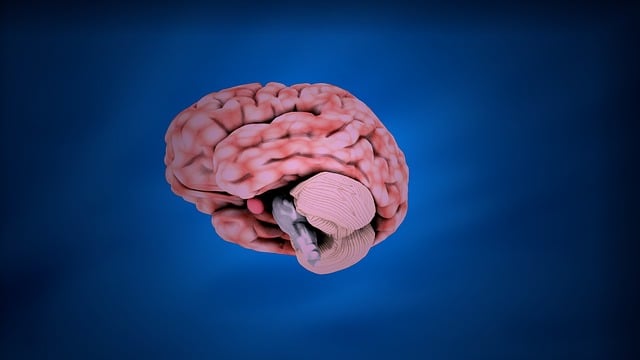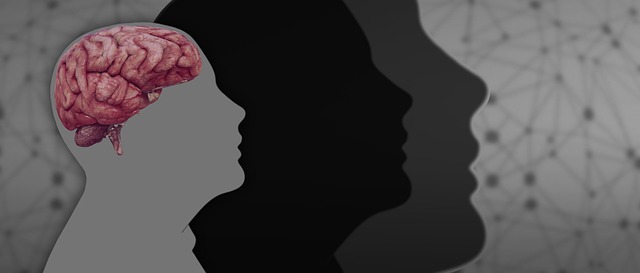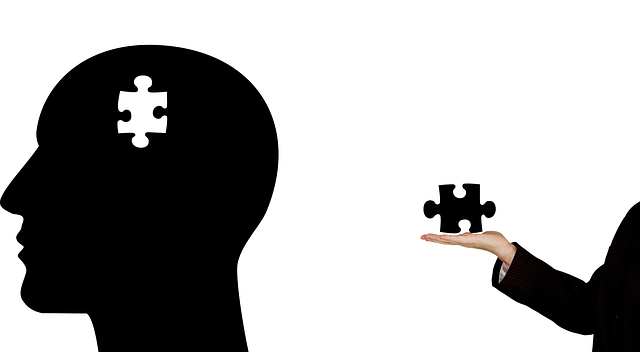Chronic pain among adolescents is a growing concern, impacting their psychological well-being and development. Resilience, Flexibility, and Mindfulness (RFM) therapy offers a novel, comprehensive approach to manage chronic pain in teens. By focusing on building resilience, RFM equips adolescents with coping skills, enhances mental fortitude, and promotes long-term emotional well-being. Integrated into therapy programs, RFM addresses physical and mental aspects of pain, fostering a sense of control. Public awareness campaigns and proper training in cultural competency for healthcare providers are crucial to adopt RFM effectively for therapy for adolescent teens chronic pain. Real-life success stories highlight the transformative power of RFM exercises in improving adolescent mental health.
“Unraveling the powerful synergy between Resilient Factor Model (RFM) and resilience-building exercises, this article explores their pivotal role in managing chronic pain among teenagers. With a focus on psychological well-being, we delve into the profound impact of chronic pain on young minds. Subsequently, we present practical resilience-building techniques, offering therapists a step-by-step guide to integrate RFM into treatment plans. Real-life success stories highlight the transformative potential of these approaches in empowering teens to overcome challenges and foster mental strength.”
- Understanding RFM and Its Relevance in Adolescent Chronic Pain Management
- The Impact of Chronic Pain on Teenagers: A Psychological Perspective
- Resilience-Building Exercises: Techniques to Empower Teens
- Integrating RFM into Therapy: A Step-by-Step Guide for Professionals
- Real-Life Success Stories: How RFM Transforms Lives
Understanding RFM and Its Relevance in Adolescent Chronic Pain Management

Chronic pain among adolescent teens is a growing concern, prompting the need for innovative approaches in management. This is where RFM (Resilience, Flexibility, and Mindfulness) comes into play as a powerful therapeutic tool. By targeting these specific areas, RFM offers a unique perspective on pain management that goes beyond traditional treatments. It recognizes that resilience building can significantly enhance an adolescent’s ability to cope with chronic pain, fostering a sense of control and empowering them to navigate their health journey.
The relevance of RFM is underscored by its integration into comprehensive therapy programs tailored for young individuals dealing with chronic pain. This approach not only addresses the physical aspects of pain but also delves into mental and emotional resilience, which are crucial for long-term well-being. Moreover, public awareness campaigns can play a pivotal role in promoting RFM practices among healthcare providers, ensuring they receive adequate training in cultural competency and risk management planning for mental health professionals.
The Impact of Chronic Pain on Teenagers: A Psychological Perspective

Chronic pain among teenagers is a growing concern, significantly impacting their psychological well-being and overall development. Adolescence is already a period of significant emotional and physical change, and when intertwined with persistent discomfort or pain, it can exacerbate existing mental health challenges. The burden of chronic pain can lead to social isolation, decreased participation in activities, and even academic performance issues.
From a psychological perspective, therapy plays a pivotal role in equipping adolescent teens with coping skills development for better mental health. It offers them a safe space to express their experiences, process emotions related to their pain, and cultivate strategies to manage symptoms. Through tailored interventions, therapists can facilitate self-care routine development, empowering teens to take an active role in their well-being. Public awareness campaigns development about chronic pain among youth is also essential to reduce stigma and encourage early intervention, ultimately enhancing resilience-building exercises for this vulnerable population.
Resilience-Building Exercises: Techniques to Empower Teens

Resilience-building exercises play a pivotal role in equipping adolescent teens with the tools they need to navigate and overcome challenges, especially those dealing with chronic pain. These exercises go beyond traditional therapy for adolescent teens with chronic pain, focusing on fostering mental fortitude and emotional agility. Techniques such as mindfulness meditation, cognitive reframing, and progressive muscle relaxation not only help in managing stress but also empower teens to reframe negative experiences and reduce the impact of chronic pain on their daily lives.
Incorporating these resilience-building strategies into a comprehensive approach, like those offered by Stress Management Workshops Organization, ensures that mental health professionals equip teens with effective risk management planning tools. By teaching them to identify and challenge unhelpful thought patterns, engage in healthy coping mechanisms, and cultivate a positive mindset, these exercises contribute significantly to stress reduction methods. This proactive approach can lead to better mental well-being and enhanced resilience among adolescent teens facing chronic pain.
Integrating RFM into Therapy: A Step-by-Step Guide for Professionals

Integrating RFM (Resilience, Flexibility, and Mastery) into therapy sessions can be a powerful tool for helping adolescent teens struggling with chronic pain. This approach, often overlooked in traditional pain management practices, focuses on building emotional resilience, enhancing coping mechanisms, and fostering a sense of control. By incorporating RFM techniques, professionals can support teens in navigating the challenges of chronic pain while promoting mental health awareness and overall emotional well-being.
Here’s a step-by-step guide for therapists: 1. Assess the teen’s current coping strategies and resilience level; 2. Introduce RFM concepts, explaining their relevance to managing chronic pain; 3. Personalize exercises based on individual needs, focusing on developing emotional healing processes through mindfulness, cognitive reframing, and gradual exposure; 4. Teach effective stress management techniques tailored to the teen’s interests; 5. Encourage regular practice of RFM skills outside therapy sessions; 6. Monitor progress, adjusting strategies as needed. This holistic approach not only addresses the physical symptoms of pain but also equips teens with powerful emotional well-being promotion techniques for long-term resilience.
Real-Life Success Stories: How RFM Transforms Lives

Real-Life Success Stories: The Power of RFM
In the realm of adolescent mental health, particularly for teens suffering from chronic pain, RFM (Resilience, Flexibility, and Mindfulness) exercises have emerged as a game-changer. Numerous accounts highlight how this therapeutic approach has transformed lives by equipping young individuals with powerful tools to navigate their challenges. Through RFM, adolescents learn to build resilience against the rigors of chronic pain, fostering flexibility in their thinking and mindfulness practices that enhance overall well-being.
These success stories underscore the significance of integrating RFM into therapy for adolescent teens with chronic pain. Mental health professionals are increasingly recognizing its potential as a holistic intervention. By incorporating RFM exercises into treatment plans, therapists can facilitate mental health education programs designed to strengthen coping mechanisms and promote mental health awareness among young people. This personalized approach ensures that adolescents not only manage their physical symptoms but also develop the psychological fortitude to thrive despite challenges, setting them up for success in all aspects of life.
Resilience is a powerful tool in managing chronic pain for adolescent teens, as demonstrated by RFM (Resilience-Focused Mindfulness) techniques. By integrating these exercises into therapy, professionals can empower young individuals to navigate the challenges of chronic pain with enhanced psychological coping mechanisms. The success stories highlighted in this article underscore the transformative potential of RFM in improving quality of life and overall well-being for teens facing this condition, offering a promising approach to therapy for adolescent chronic pain management.
